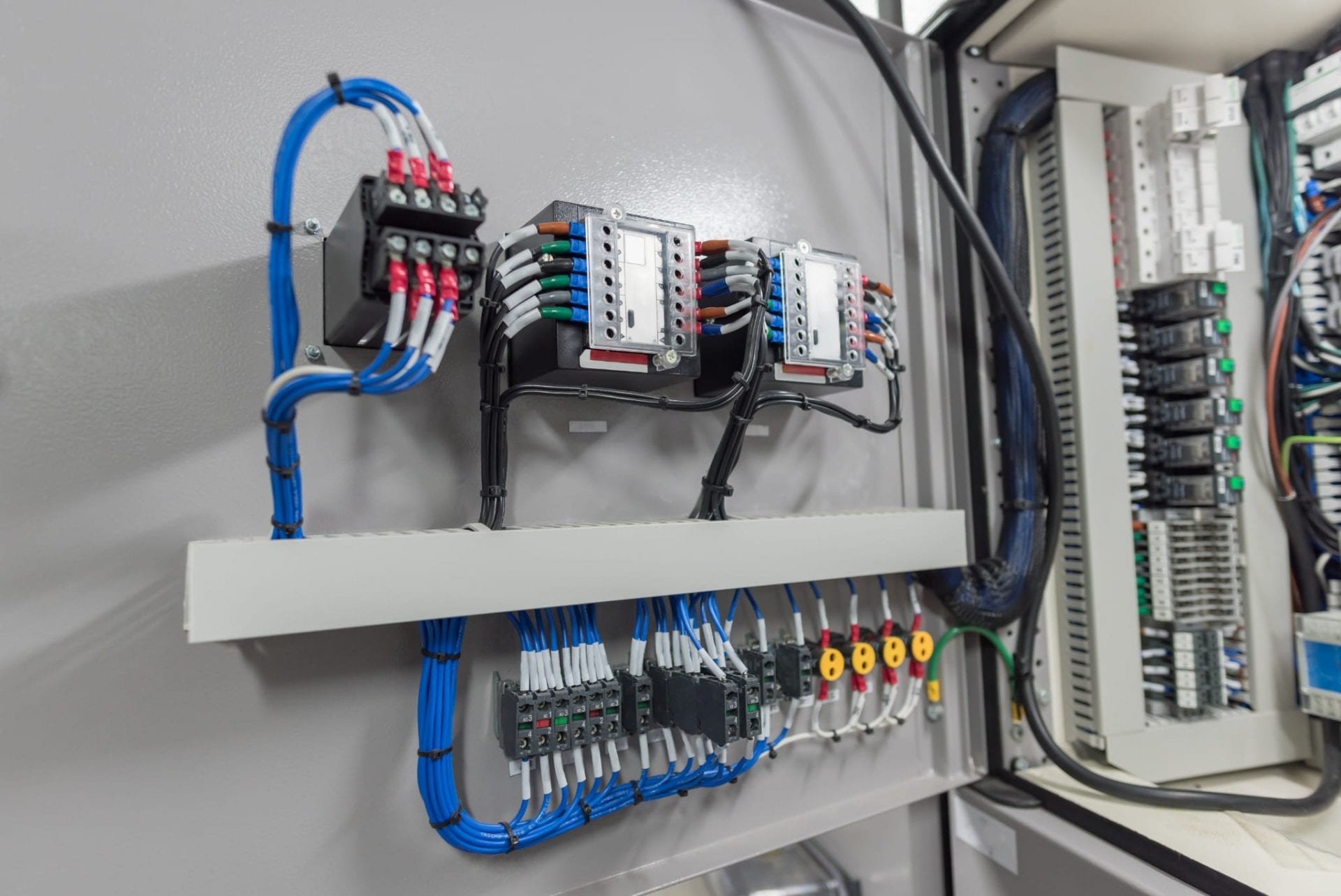The Fundamentals of Electrical Wiring: A Beginner's Guide

Electrical wiring is an essential element of every home and understanding it is crucial for each homeowner. Not only does it help in ensuring the proper running of your house but it’s also crucial to ensure your safety. In this article, we will go over the fundamentals of electrical wiring and the importance of safety, and the benefits of employing an accredited residential electrician for all your electrical wiring needs.
Understanding the basics of electrical wiring
The electrical wiring refers to the system of electrical conductors that run through your house, delivering electricity to your appliances, devices, and lighting fixtures. It works by forming electrical circuits which connect the power source and your appliances. Electrical circuits consist of switches, wires and other electrical components that work together to create a safe and functional electrical system. There are different types of electrical wiring, such as copper, aluminum, and types of wire insulation like PVC, rubber, or paper.
Preparation and Planning for Electrical Wiring
Before installing new electrical wiring, there are a variety of factors to consider, including the type of wiring you’ll need, the size of your electrical system and your power needs. Additionally, it is important to know about electrical wire regulations as well as permits required in your area. To be prepared your electrical wiring system, you must create an electrical plan and assess your electrical needs. This will to ensure your wiring system is secure, efficient, and meets your power requirements.
Materials and Tools Required for electrical wiring
When installing new electrical wiring it is essential to have the appropriate tools and materials available. Tools that are essential include wire cutters, strippers, pliers, and an electrical voltage tester. Other materials needed for electrical wiring are electrical tape, wire nuts conduit as well as electrical box. It’s also beneficial to have a wiring diagram that will help you with the installation process.
Step-by-Step Guide to Electrical Wiring Installation
The installation of electrical wiring is a complex process however, with the right tools and knowledge, it can be done in a safe and efficient manner. Here is a step-by-step guide to installing electrical wiring at home:
Shut off the power source to the area where you will be working.
Create a wiring plan and mark the location where the wiring will be installed.
Install electrical conduits and electrical boxes where necessary.
Cut and strip the wires until the proper length.
Wires should be connected to devices or fixtures you’re wiring.
Connect the wires by using wiring nuts, electrical tape or even conduit straps.
Check the wiring to make sure that it’s functioning correctly.
In the process of installing, it is important to follow the best wiring installation methods and suggestions. Be aware of common mistakes to avoid when installing electrical wiring, for example, over-loading the circuits of damaged wires, or using the wrong type of wire.
Troubleshooting Electrical Wiring Issues
Even with careful design and installation, electrical wiring problems could occur. Common problems include wiring problems, overloads in circuits, and electrical shorts. To resolve these issues it is essential to be aware of typical electrical wiring issues and know how to effectively and safely solve the issue. Additionally, it is critical to follow the proper electrical safety protocols when troubleshooting electrical wiring issues like shutting off the power source and wearing protective gear.
Conclusion
In conclusion, understanding the electrical wiring inside your home is essential for your safety and for the proper operation that your electric system provides. It is essential to employ an authorized electrician to make sure your wiring is maintained and installed correctly. In Local Electrician Manly, we provide an array of electrical services, including electrical wiring installation and repair. Call Local Electrician Manly at 1300 610 481 for all of your electrical wiring requirements.
Electrical Wiring FAQ
Here are some commonly asked questions related to electrical wiring, as well as additional safety tips and best methods for electrical wiring installation and repair:
What type of wire should I choose for my electrical wiring?
The type of wire you should use for your electrical wiring depends on your specific needs and the local building code. It is important to use the appropriate gauge of wire as well as the appropriate insulation type and wire material to ensure safety and efficiency for your wiring system.
Do I have to install myself my own wiring for electrical use?
While it is possible to install the wiring yourself, it’s essential to have the proper expertise and experience to do so effectively and safely. In most cases, it is recommended to employ an authorized electrician to ensure that the wiring is installed and maintained in a safe and secure manner.
How often should I have my electrical wiring inspected?
It is recommended to inspect your electrical wiring every 10 years or when you spot symptoms of electrical malfunctions for example, frequent circuit breaker trips or electric shocks.
What do I do if discover electrical wiring issues within my home?
If you notice any electrical wiring issues within your home, like flickering lights or outlets that won’t work, it is important to address them immediately. Switch off the power source to the area in question and contact a licensed electrician to assess and repair the problem.
If you follow these guidelines and best methods, you can be sure the electrical wires are safe and working properly. Be sure to put safety first and get a certified electrician whenever you need to. Reach out to Local Electrician Manly at 1300 610 481 for all your electrical wiring needs.
